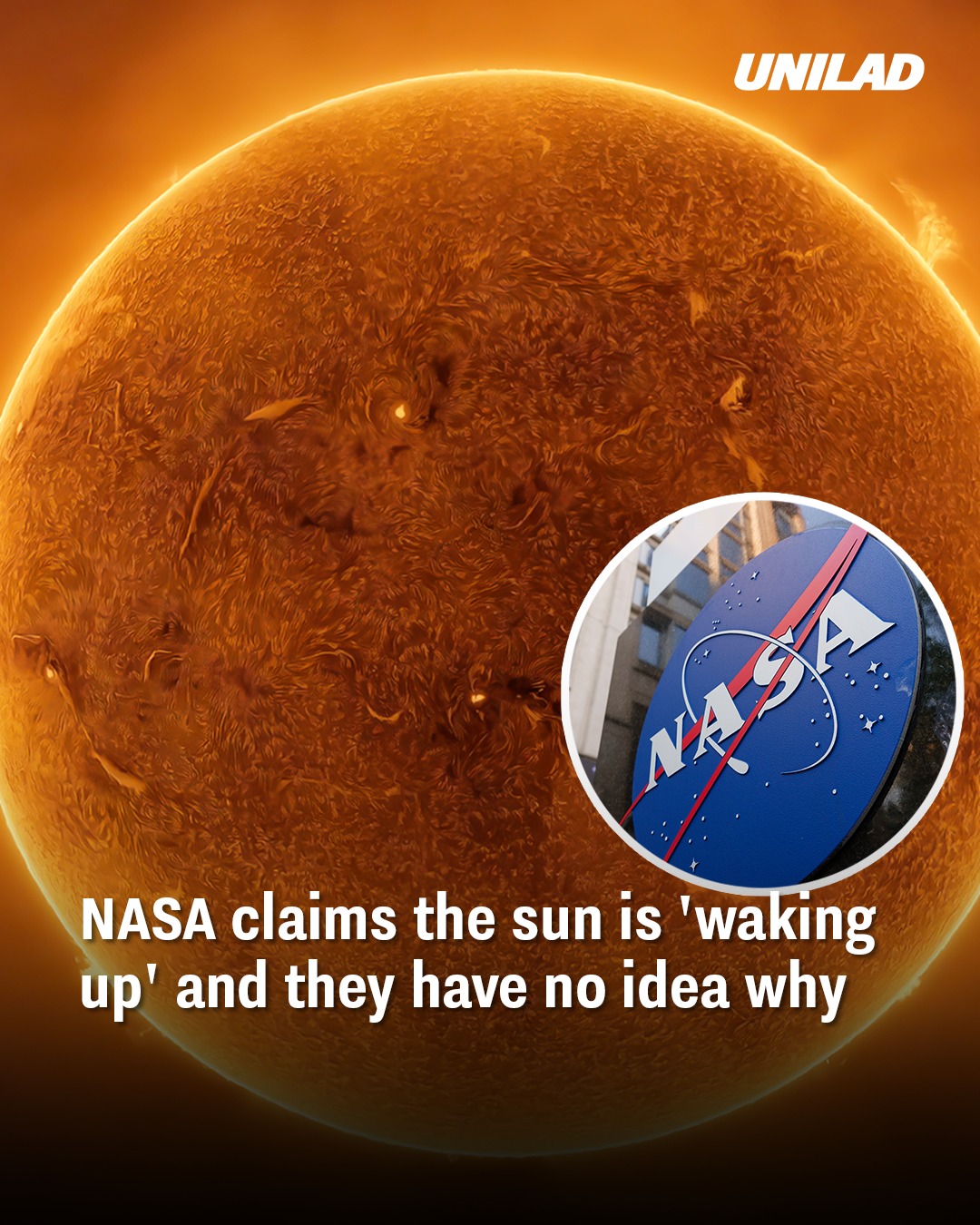NASA scientists have recently observed a dramatic increase in the sun’s activity, signaling that it may be “waking up” after a prolonged period of slumber. According to new data, solar wind—charged particles the sun hurls across the solar system—has shown a notable resurgence. From 2008 to 2025, solar wind speed has increased by 6%, density by 26%, and temperature by 29%. Additionally, the pressure and energy in the solar wind have spiked by 30-45%, and the sun’s magnetic field has expanded by over 30%.
This increase marks a reversal of the long-term trend of weakened solar activity that began in the 1980s and continued until around 2008. The solar cycle, which typically follows an 11-year pattern, saw its weakest period in decades during Solar Cycle 24 (2008-2019).
According to Jamie Jasinski, lead author of a recent study published in The Astrophysical Journal Letters and a scientist at NASA’s Jet Propulsion Laboratory, this change was unexpected. “All signs were pointing to the sun going into a prolonged phase of low activity,” Jasinski said. “So it was a surprise to see that trend reversed. The sun is slowly waking up.”
Potential Consequences for Earth
The uptick in solar activity could have significant effects on Earth, particularly in the form of solar flares and coronal mass ejections. These events send massive bursts of energy and charged particles toward our planet, potentially causing:
- Radio disruptions: These could affect communication systems.
- Satellite damage: High-energy particles can damage satellites orbiting Earth.
- GPS inaccuracies: The ionosphere, which is affected by solar activity, could cause navigation errors.
- Electrical grid disturbances: Solar flares and mass ejections can induce currents that may damage power grids.
However, there’s a more beautiful side to solar activity. When these high-energy particles interact with Earth’s magnetic field and atmosphere, they create stunning auroras visible in both the Northern and Southern Hemispheres.
An Unpredictable Sun
Historically, solar activity has fluctuated in unpredictable ways. For instance, between 1790 and 1830, the sun experienced a prolonged period of unusual quiet, known as the “Dalton Minimum.” Despite centuries of observation, scientists are still unsure about the long-term patterns and reasons behind these changes. Jasinski points out that solar behavior is notoriously hard to predict: “The longer-term trends are a lot less predictable and are something we don’t completely understand yet.”
As NASA continues to monitor the sun’s behavior, scientists are closely watching whether this newfound activity will have any lasting effects on Earth’s space weather and technological infrastructure. The mystery behind the sun’s behavior remains a topic of scientific interest, and understanding these shifts may be key to preparing for their potential impact on life here on Earth.



